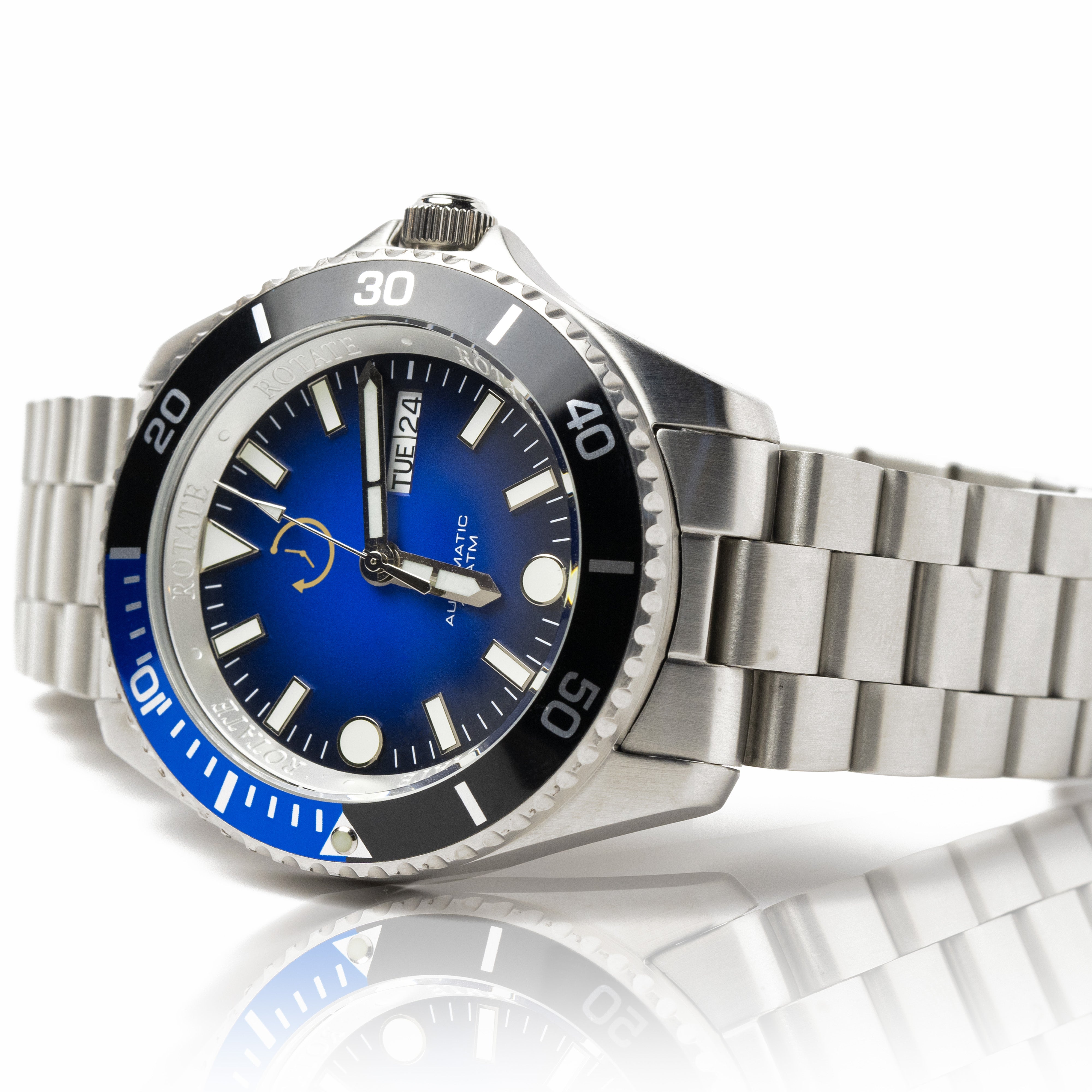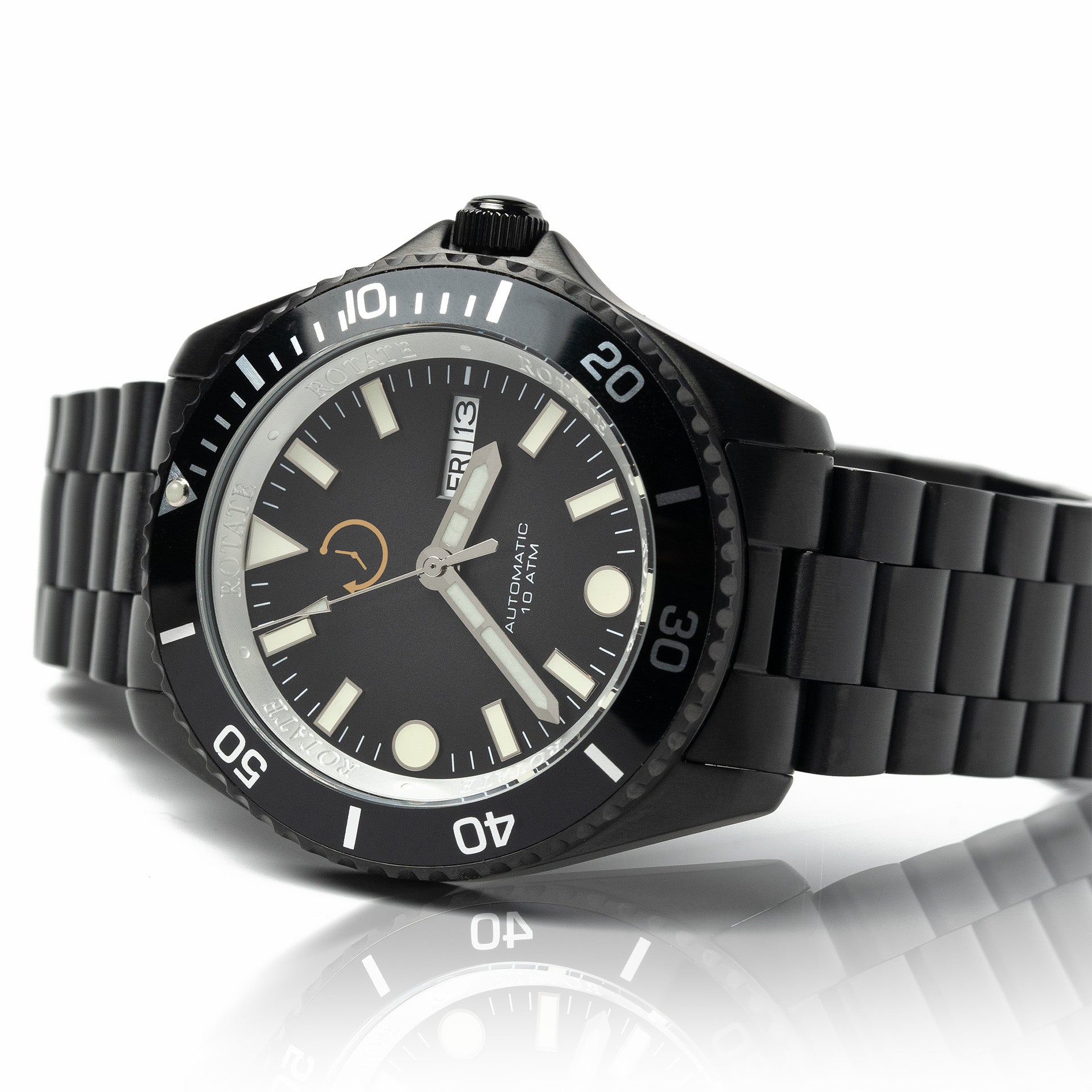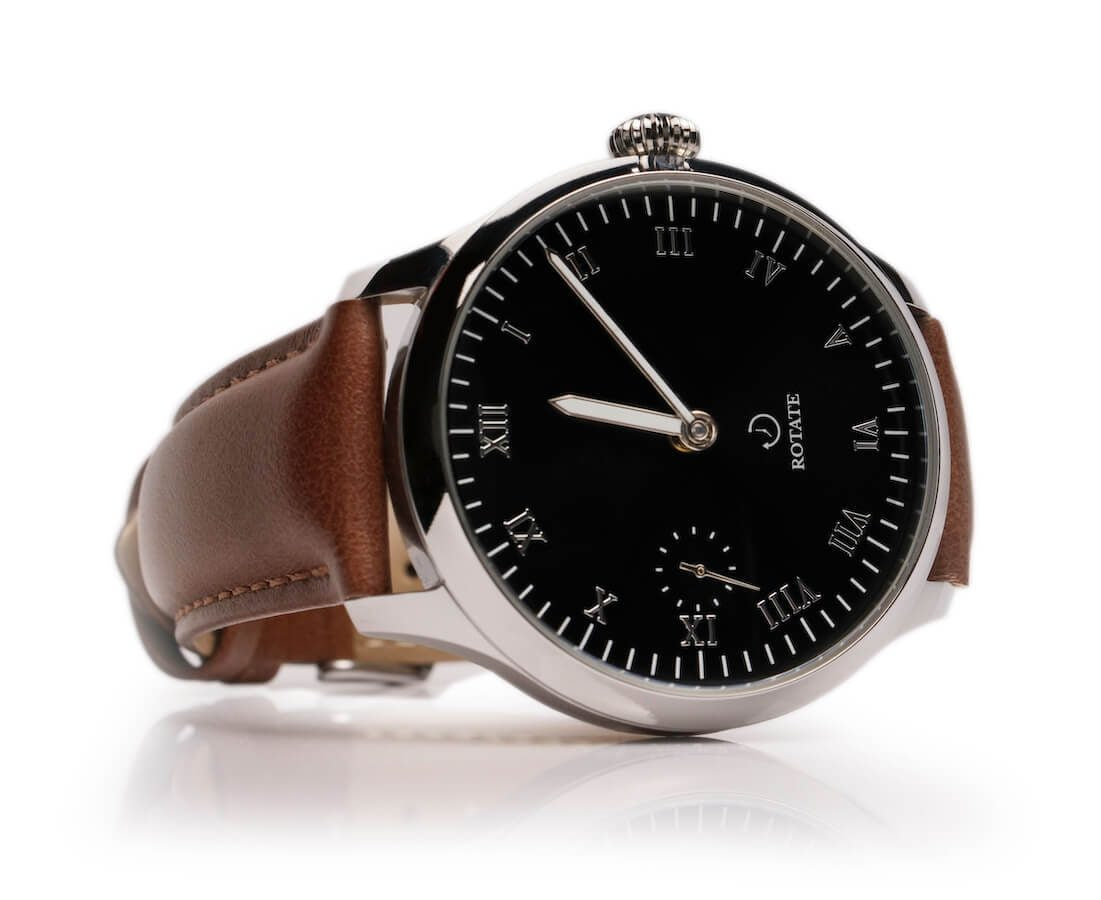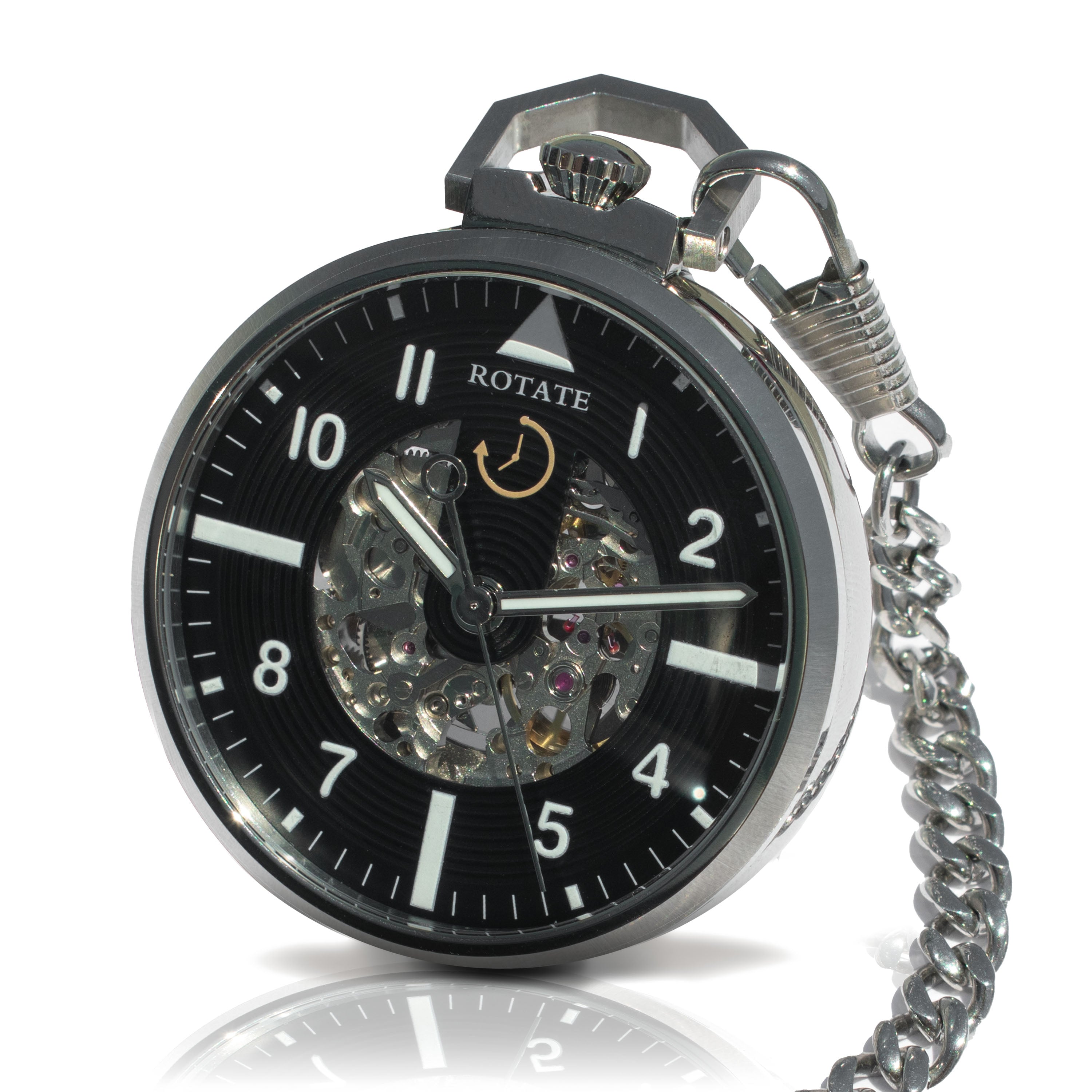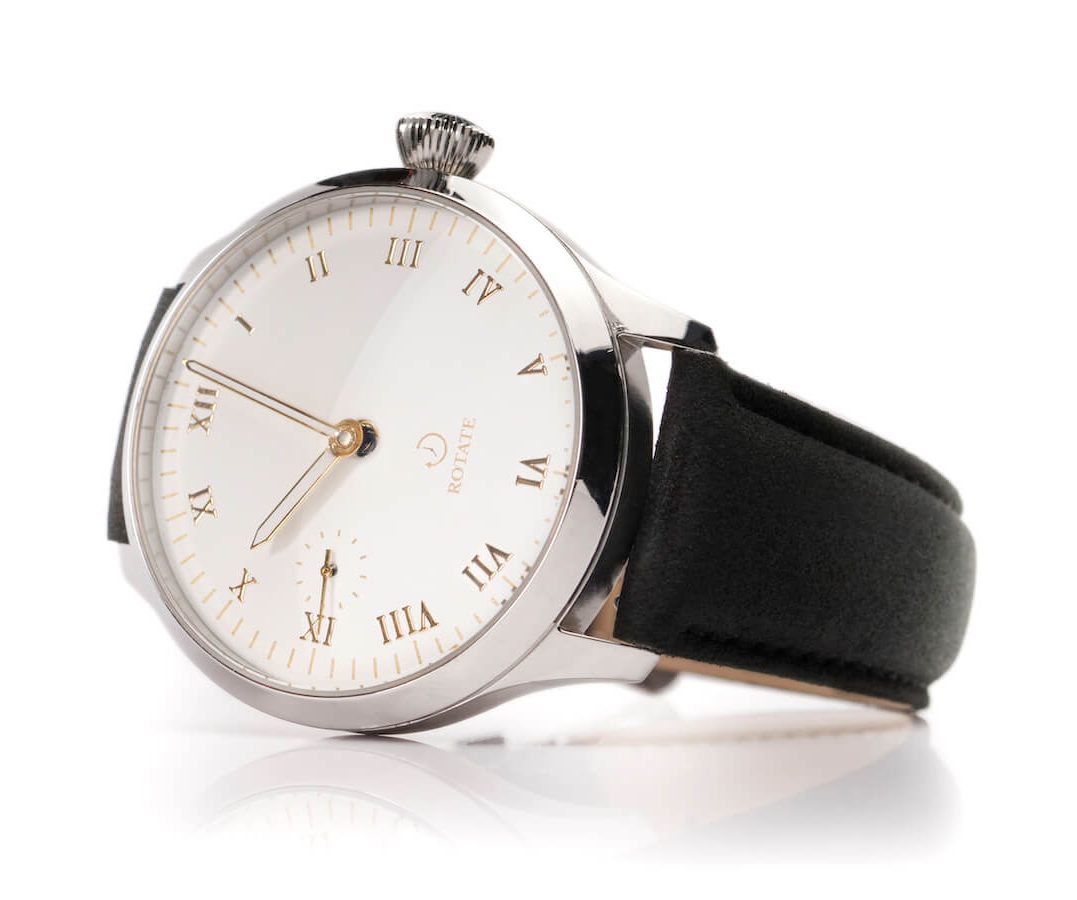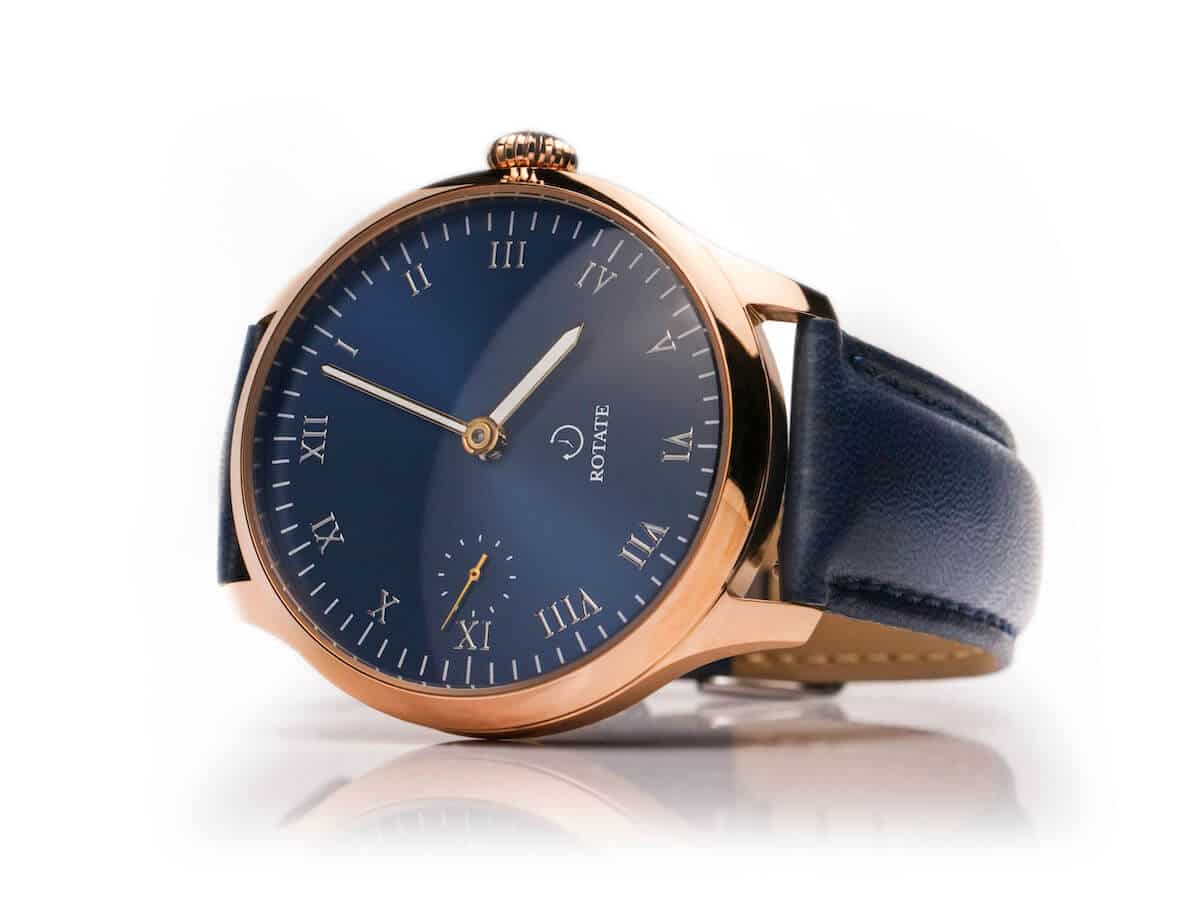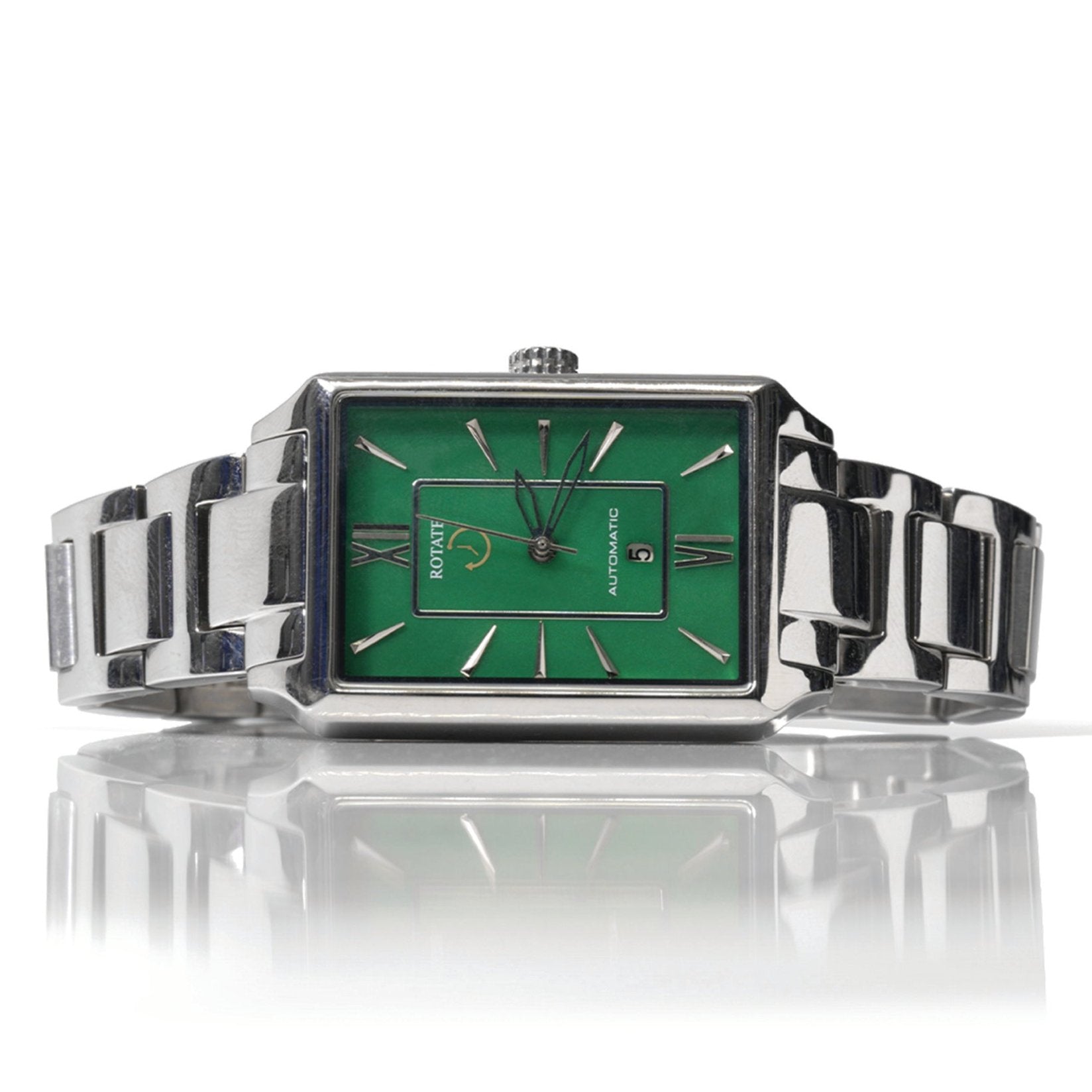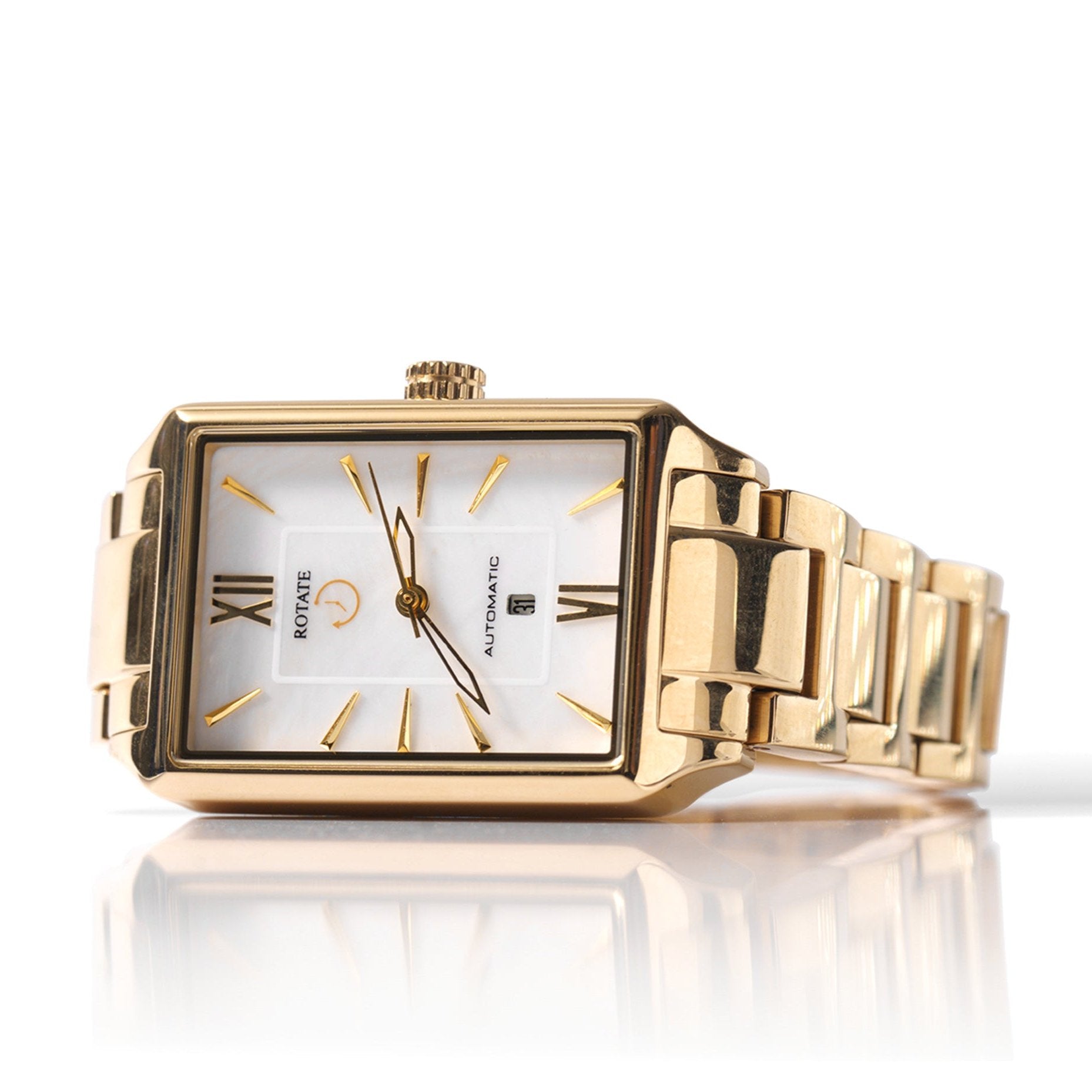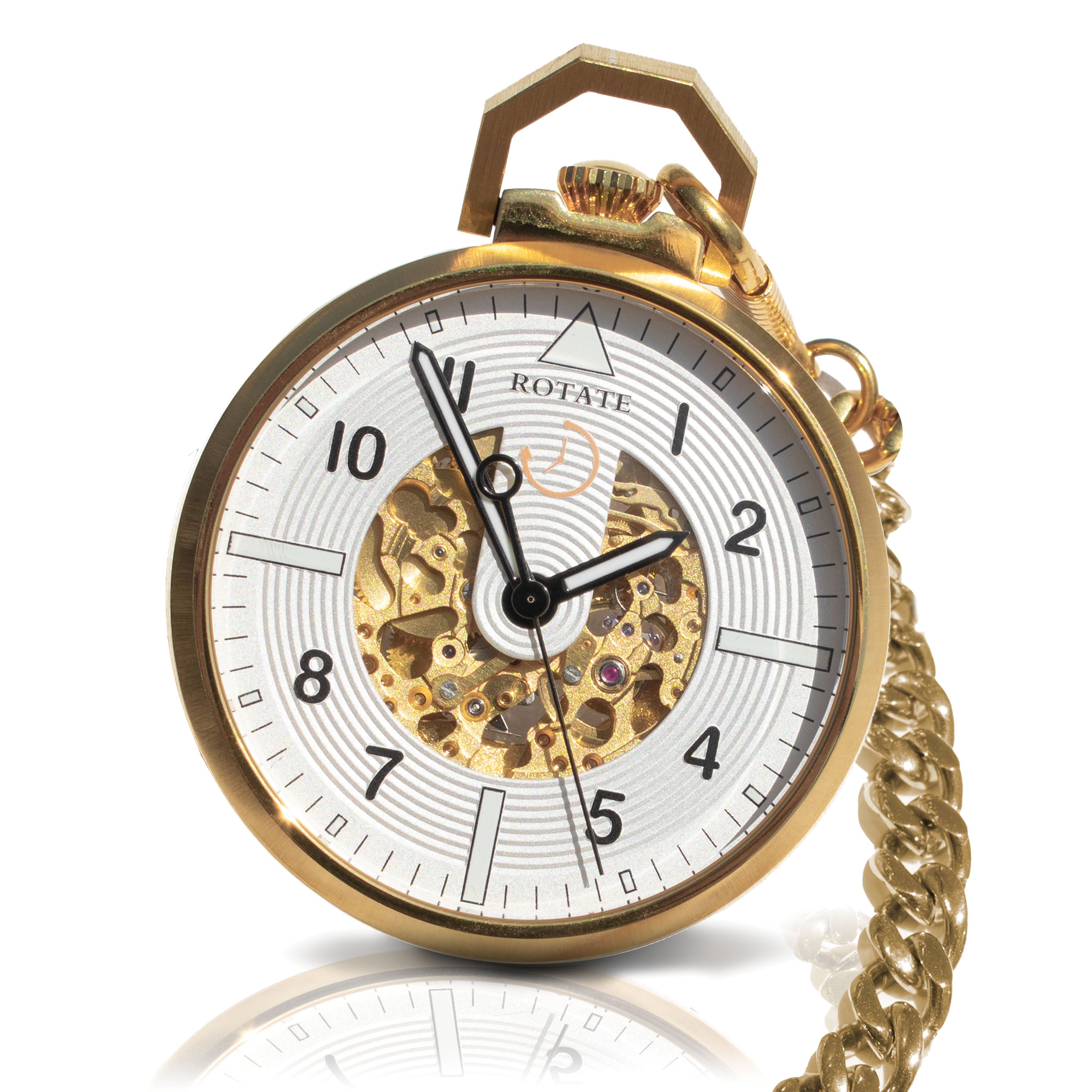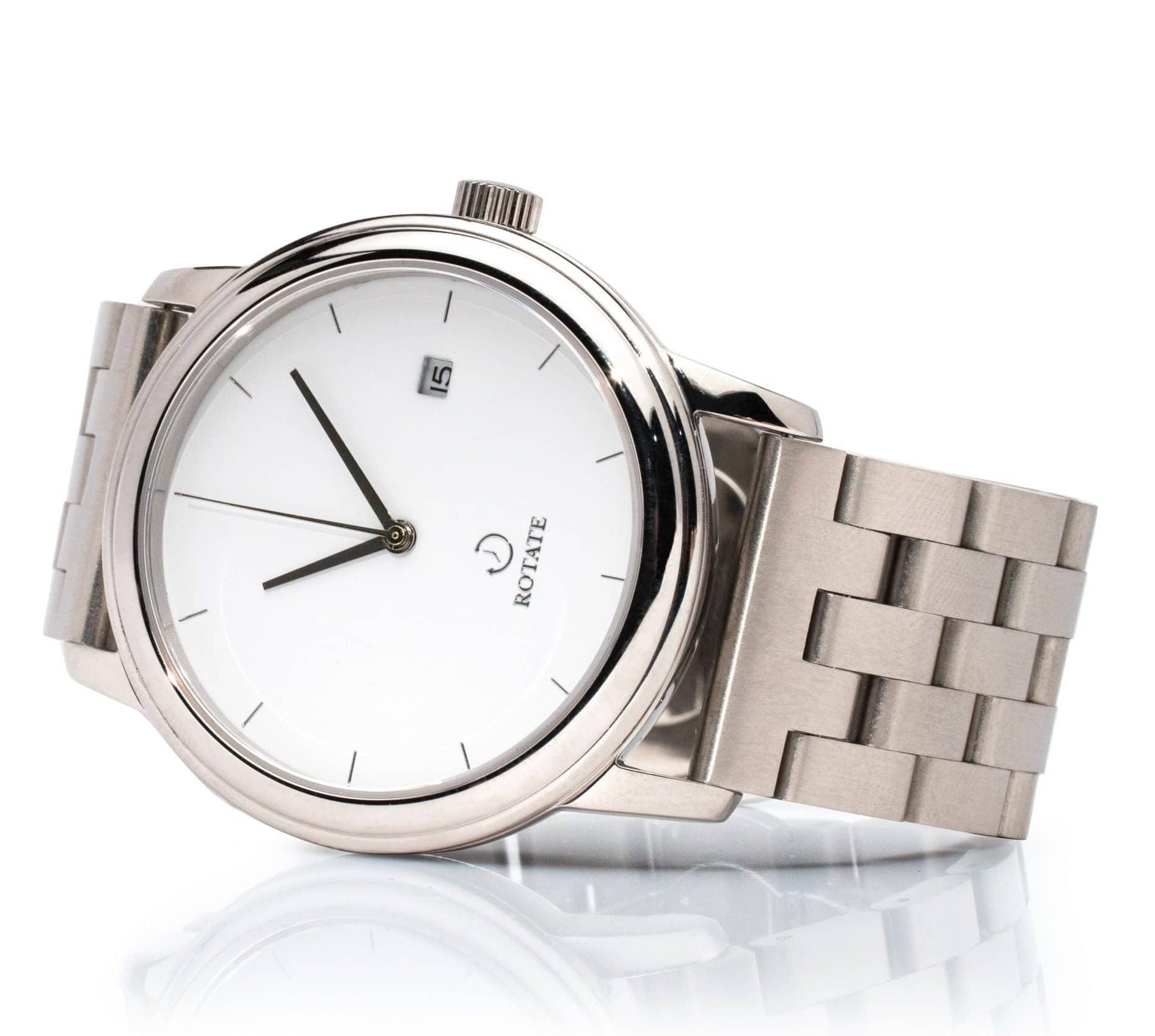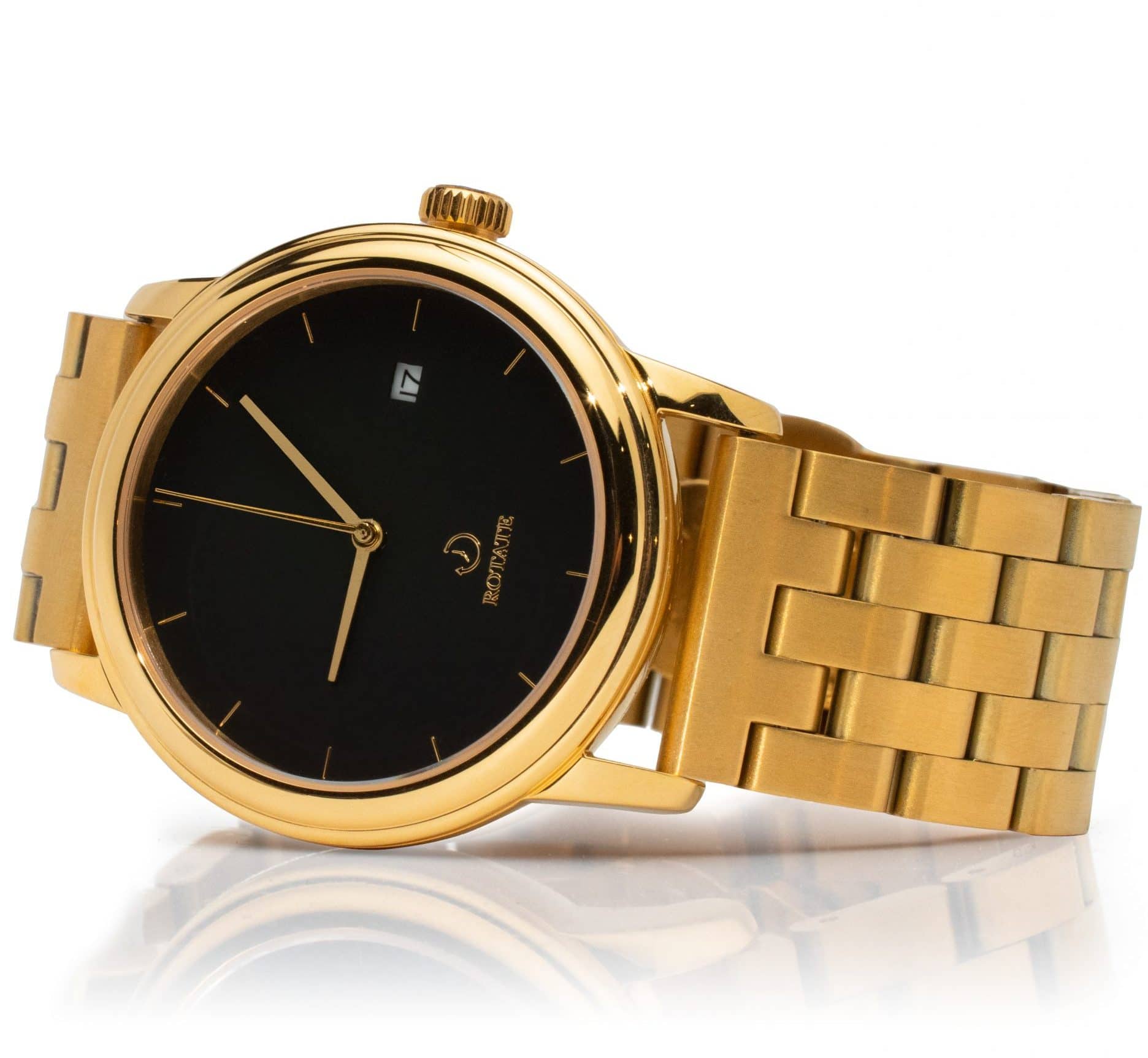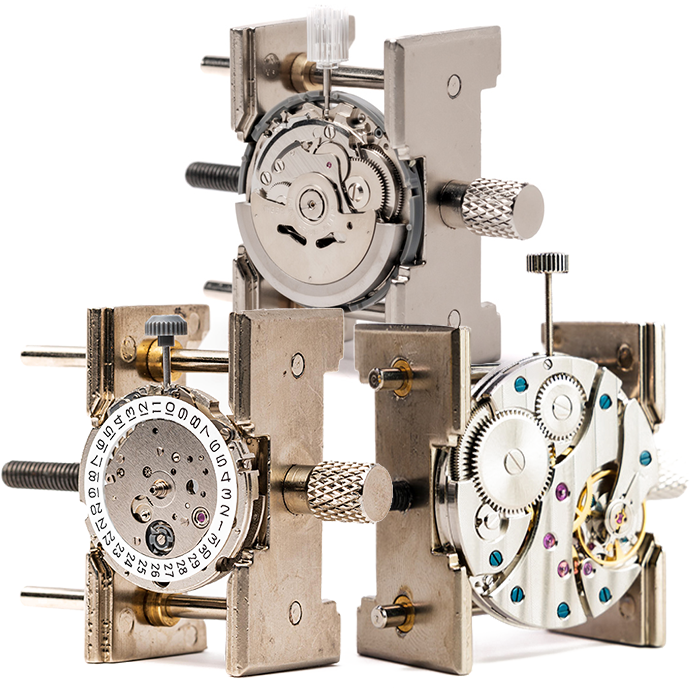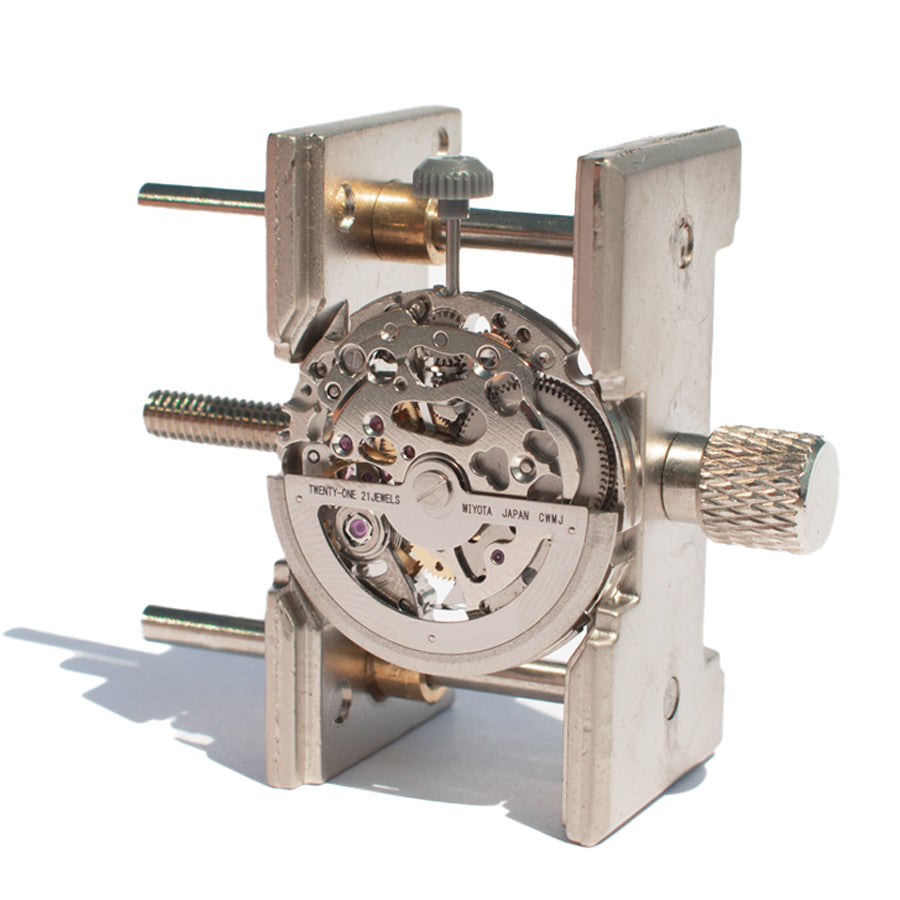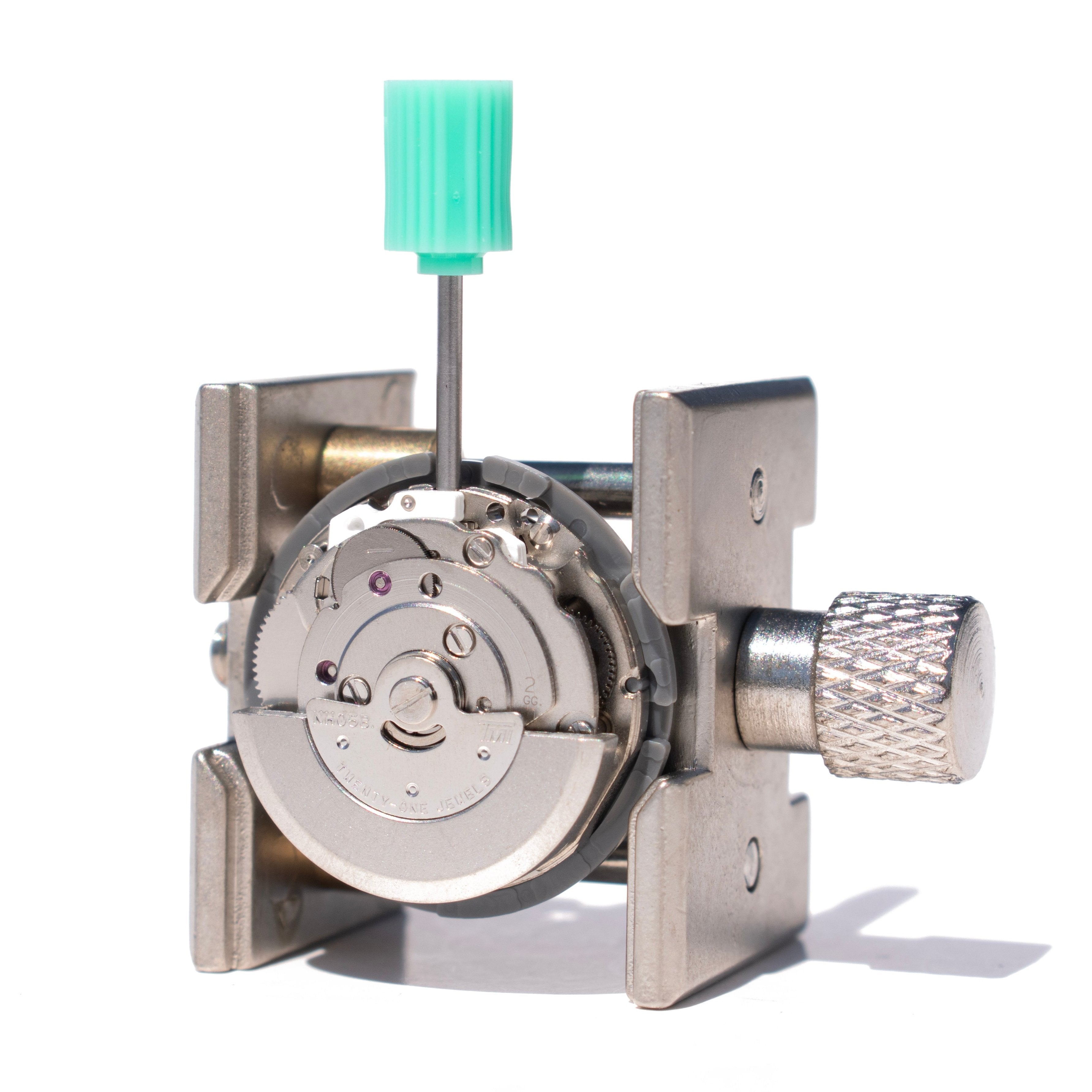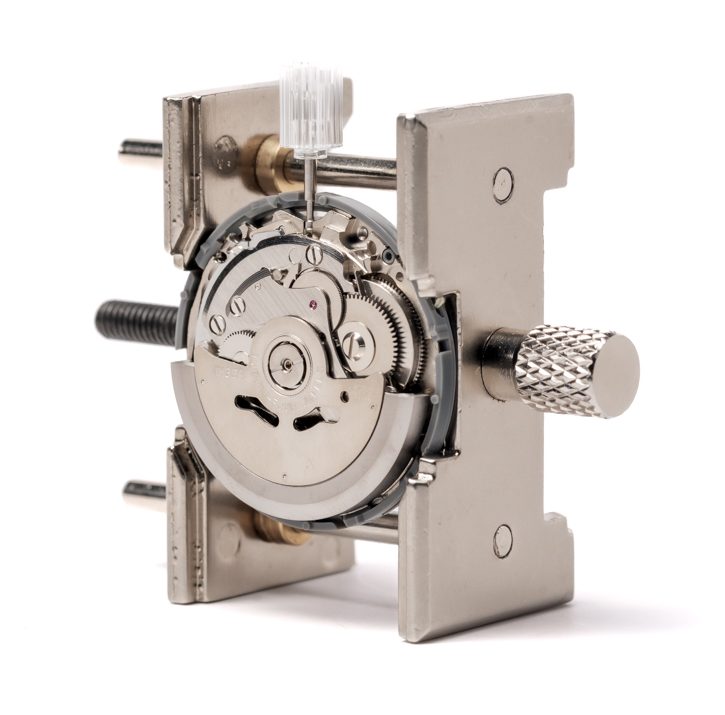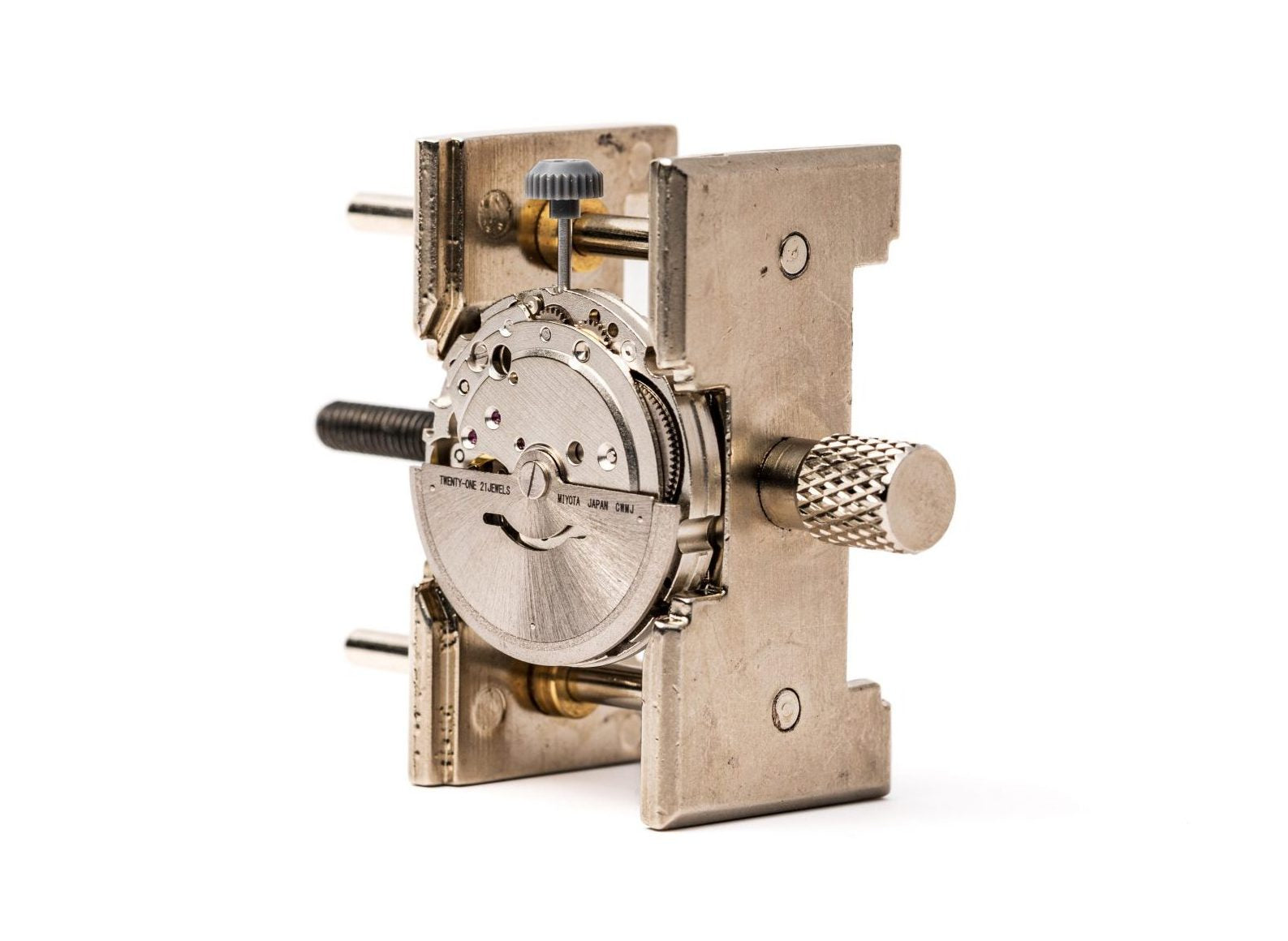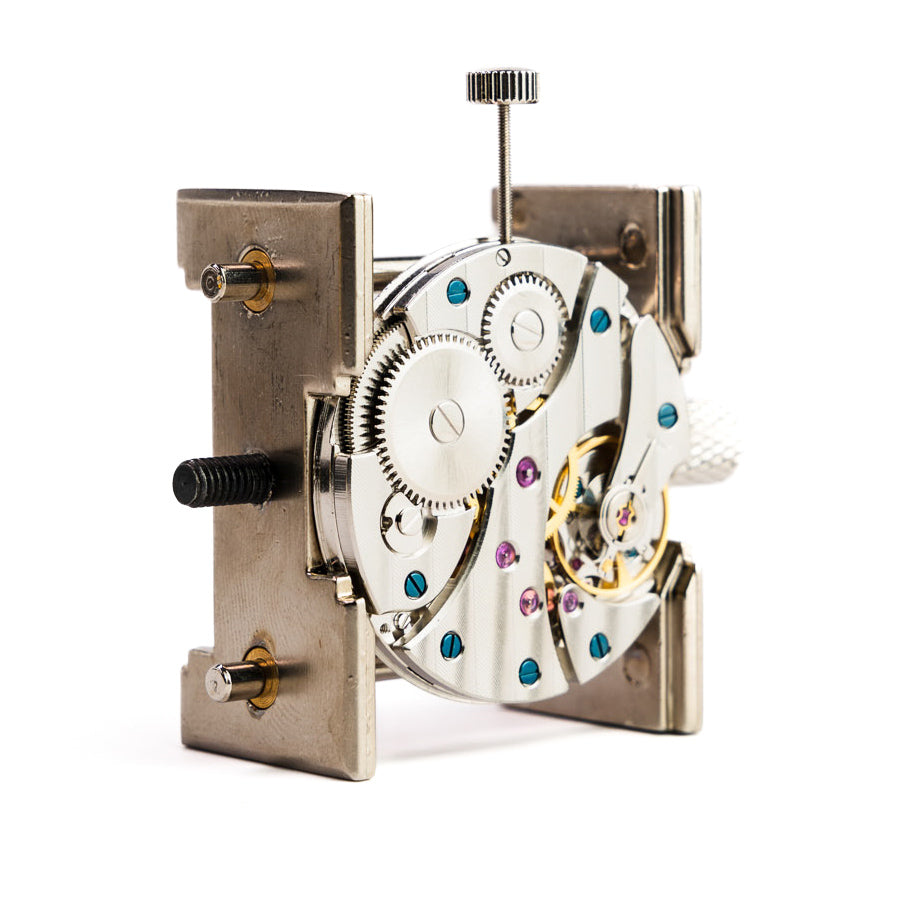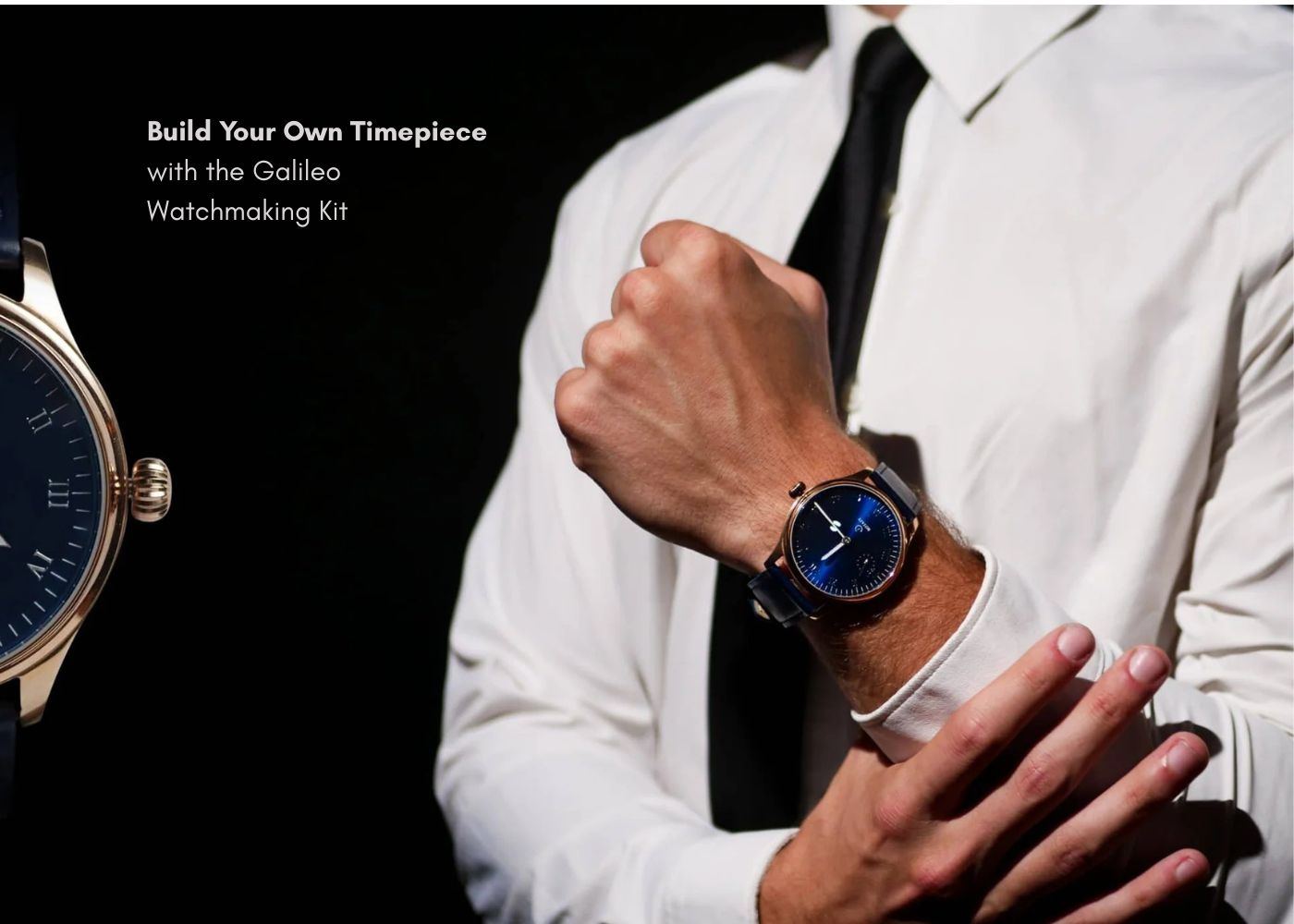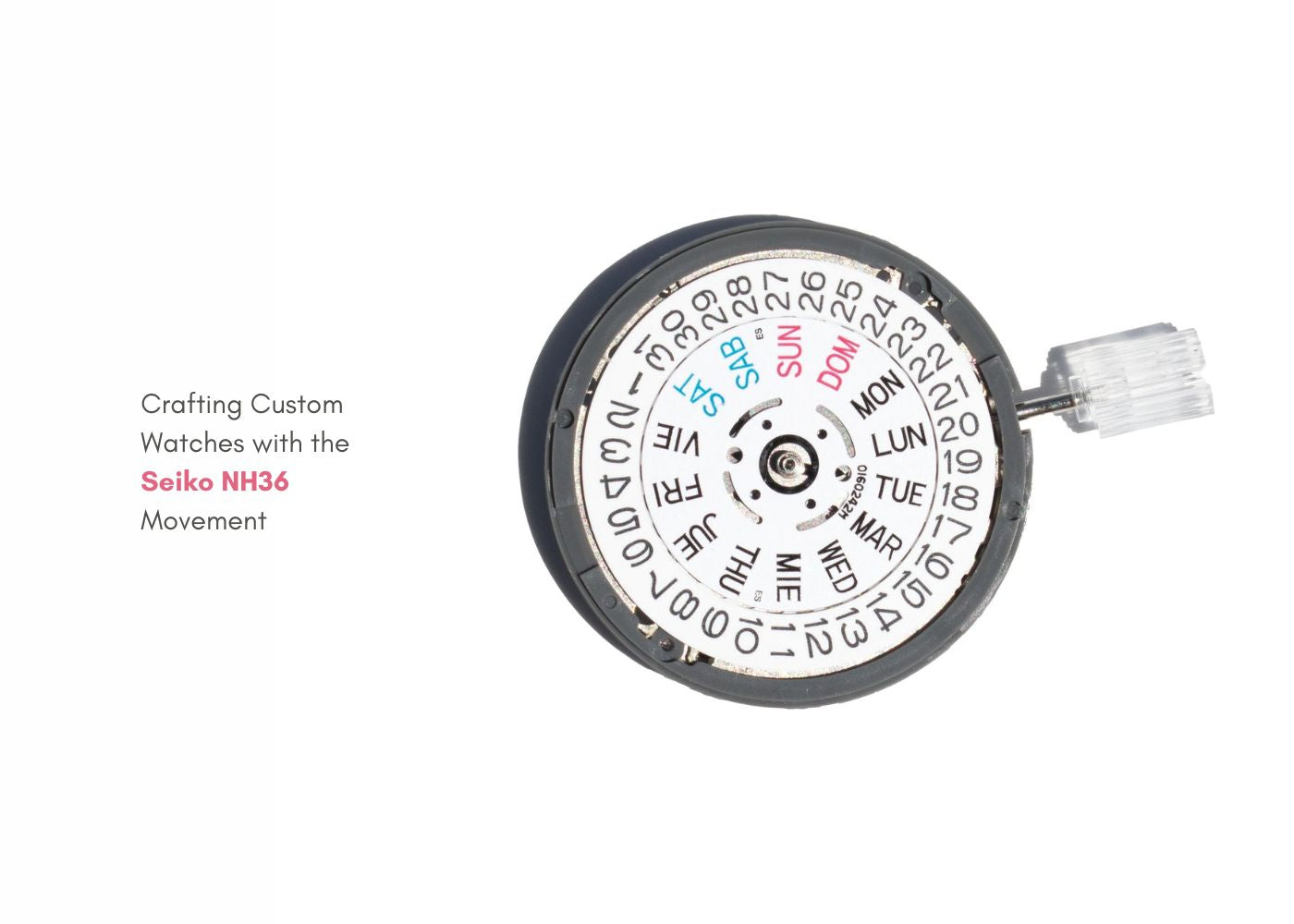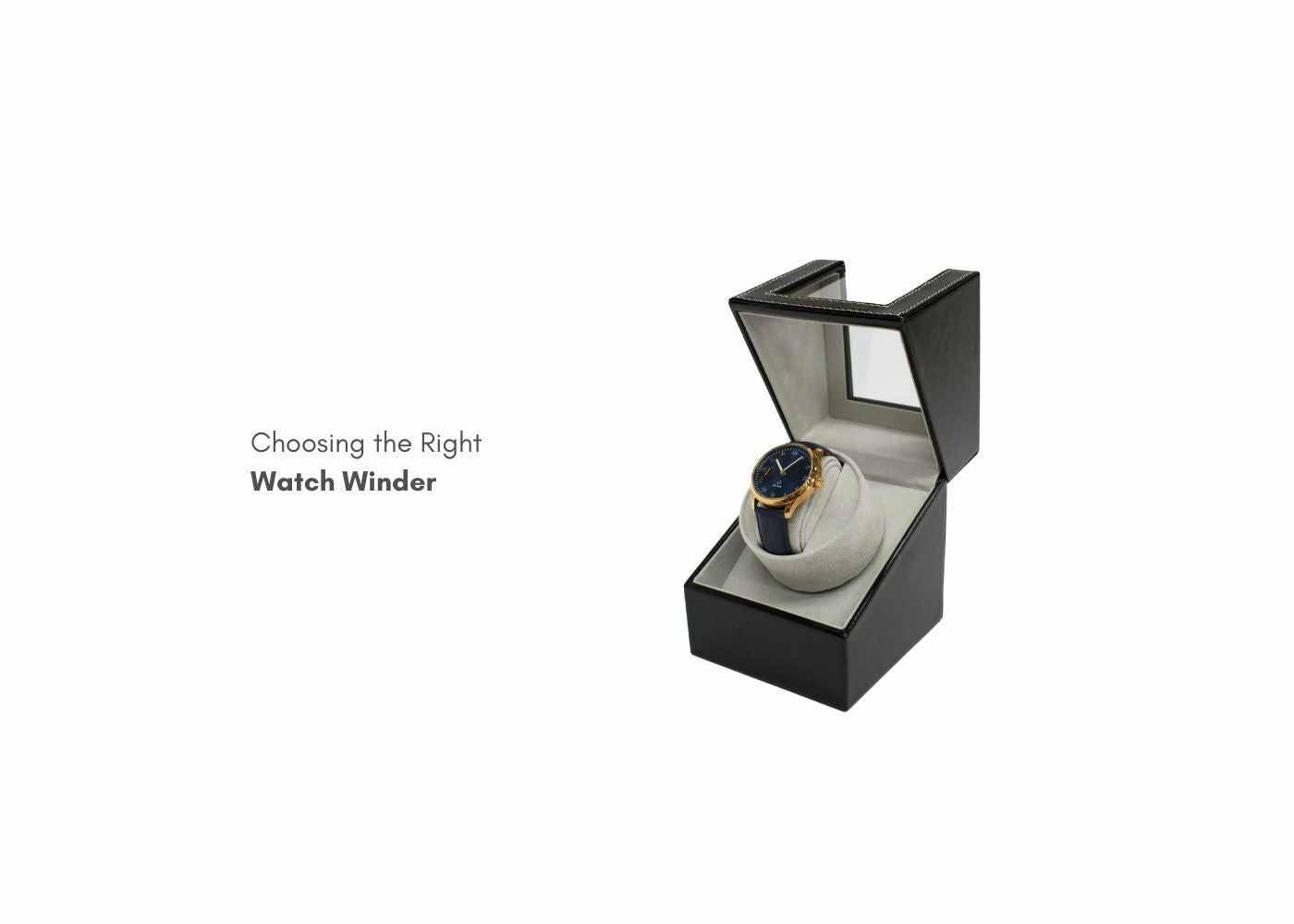
Choosing the Right Watch Winder: What You Need to Know
What are Watch Winders?
Watch winders serve as ingenious devices designed to keep automatic watches running when not on your wrist. Automatic watches rely on motion to stay wound - when worn, natural wrist movement keeps the mainspring tensioned and the watch running accurately. Left unworn, automatic watches eventually stop, requiring manual winding and resetting before wear.
A good watch winder mimics wrist movement, gently rotating your timepiece at programmed intervals. Rotation keeps internal mechanisms active and ensures your watch remains ready to wear whenever needed.
Why Do You Need a Watch Winder?
-
Your watches remain ready to wear without the need for winding and setting, providing maximum convenience.
-
Regular winding helps keep the lubricants in the movement properly distributed, contributing to better timekeeping and accuracy.
-
Timepieces with perpetual calendars or moon phases benefit greatly, as winders eliminate the hassle of resetting complicated functions.
-
Watch winders can double as attractive display cases, showcasing your collection while maintaining functionality.
Looking for these benefits in one device? Rotate's Automatic Watch Winder Display Case combines functionality and style with quiet operation and elegant design.
Key Factors to Consider When Choosing a Watch Winder
Build Quality and Design
Motor Quality. Quality motors operate quietly and provide consistent, reliable rotation. Lower-quality alternatives often become noisy or fail prematurely.
Materials. Solid construction with quality materials will complement your watch storage aesthetic. Premium options commonly include wood, leather, carbon fiber, and high-grade acrylic.
Cushion/Holder Design. Watch mounts should securely accommodate timepieces of various sizes without stretching bracelets or damaging leather straps.
Practical Considerations
Size and Capacity: Your current collection size and potential growth should dictate your choice. Available options range from single-watch winders to models accommodating a dozen or more timepieces.
Power Source: Most winders use either AC power adapters or batteries. AC-powered models provide continuous operation but need proximity to an outlet, while battery-powered alternatives offer placement flexibility.
Noise Level: Models with silent or near-silent operation deserve priority if your winder will reside in a bedroom or quiet office.
Types of Watch Winders
Single Watch Winders
Watch enthusiasts with one automatic timepiece or collectors who rotate wearing several watches but need only one wound at a time will find single winders perfect. Such winders typically cost less and occupy minimal space.
Multi-Watch Winders
Collectors with growing collections benefit from multi-watch winders, available in configurations holding anywhere from 2-12+ watches. Advanced models feature independent control settings for each position, allowing customization for different watch brands and models.
Programmable Winders
Advanced winders offer customizable settings for:
-
Adjusting TPD to match specific watch requirements
-
Controlling rotation direction based on movement design
-
Programming rest periods between winding sessions
-
Setting up multiple winding cycles throughout the day
Serious collectors with diverse watch collections requiring different winding parameters will find programmable features essential.
Display Winders
Display winders combine functionality with presentation through glass or transparent covers, showcasing timepieces during the winding process. Interior lighting enhances visibility and presentation in many models.
Rotate's Automatic Watch Winder Display Case perfectly exemplifies this category, providing both practical winding and elegant display for prized timepieces.
Setting Up Your Watch Winder
Optimal care for your automatic watches requires proper winder setup:
-
Check your watch manual or manufacturer's website for recommended TPD and rotation direction to determine your watch's specific requirements.
-
Set the appropriate rotation direction and TPD based on your research to configure your winder correctly.
-
Make sure your watch has some power reserve before placing it in the winder, and for manual-wind automatic watches, wind them partially first.
-
Place your watch securely on the cushion or holder, ensuring it fits snugly but not overly tight.
-
Position your winder on a stable, level surface away from direct sunlight and extreme temperatures for optimal performance.
Maximizing winder effectiveness while providing proper automatic watch care becomes simple when following these steps.
Watch Winder Maintenance
Regular maintenance benefits winders just as it does watches:
-
Dust your winder regularly with a soft, dry cloth to keep it clean and presentable.
-
Inspect cushions and holders for wear, replacing them when necessary to maintain proper fit.
-
Periodically verify that your winder rotates according to its programmed settings.
-
Give your watches occasional rest periods rather than constant winding, as recommended by many experts.
-
Adhere to any specific maintenance instructions provided with your winder to ensure optimal performance.
Your watch winder will continue functioning effectively for years with proper maintenance routines.
Give your automatic watches the care they deserve with the Rotate Automatic Watch Winder Display Case - combining functionality and elegant display for your treasured timepieces.
FAQ
Q. What is TPD and why does it matter when I choose watch winder models?
TPD (Turns Per Day) represents the number of rotations a winder completes in 24 hours. Different watch movements require specific TPD ranges to maintain optimal power reserve without overwinding, making this setting crucial.
Q. Can I use one winder for different watch brands?
Winders offering adjustable settings for rotation direction and TPD can accommodate different watch brands. Diverse collections benefit most from programmable winders with multiple settings.
Q. Will a watch winder damage my watch?
Properly designed quality winders with appropriate settings won't damage your watch. Well-made winders actually help maintain your timepiece by keeping lubricants distributed and movements active.
Q. How do I know which rotation direction my watch needs?
Your watch manual or the manufacturer's website should provide this information. Bi-directional winding generally works safely for most modern automatic watches when specific information isn't available.
Q. Is it better to have individual winders or a multi-watch unit?
Your collection size and personal preferences should guide this decision. Individual winders provide more placement flexibility, while multi-watch units save space and often create a unified display for your collection.


